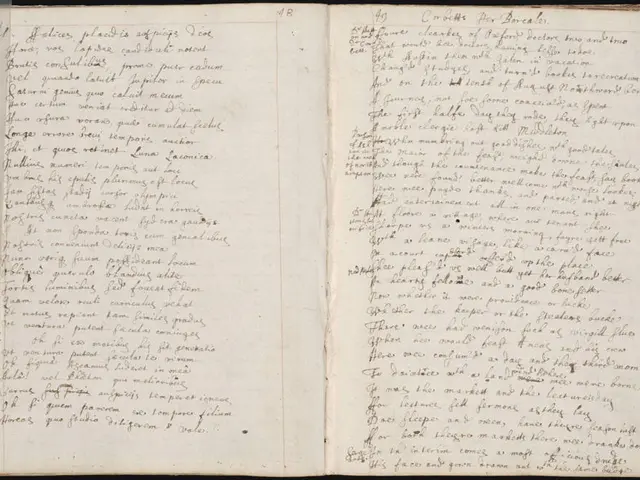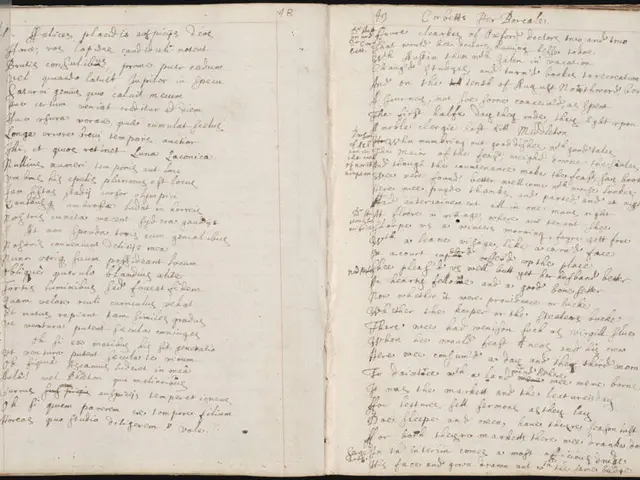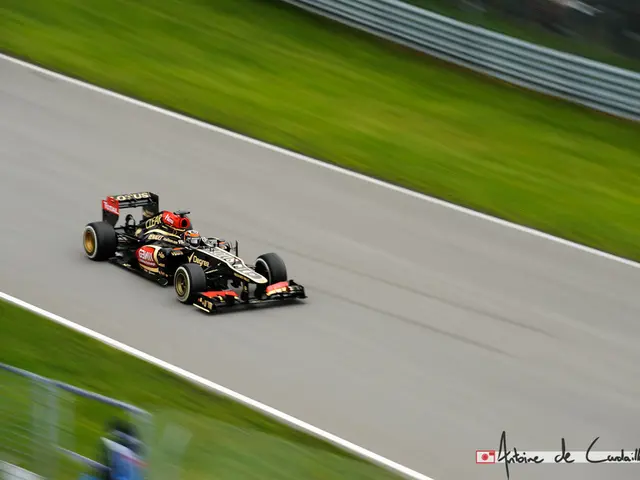"An Examination of Sakuga: The Masterful Craft of Anime Animation"
Delve into the captivating world of sakuga, a term highly esteemed in the anime community. Simplified as "drawing pictures," sakuga is a Japanese term that's employed in the animation industry to recognize outstanding animation quality, particularly in scenes marked by fluid motions and intricate effects.
Displaying exquisite craftsmanship, sakuga is deployed to accent crucial moments in an anime, such as action sequences, emotional scenes, or transformations. It serves as a platform for animators to exhibit their skills and push the animation medium's limits.
At the heart of sakuga lies its distinct animation style. Characterized by smooth movements, elaborated frames, and a focus on crucial moments, sakuga stands out from conventional animation styles.
The roots of sakuga can be traced back to the early years of Japanese animation, dating back to the 1960s and 70s. Pioneering animators like Yasuo Otsuka and Yōichi Kotabe experimented with new techniques and animation styles, inspired by the work of Western animators such as Chuck Jones and Milt Kahl. The 1980s witnessed sakuga's rise in popularity and its spread across significant anime production studios like Gainax and Studio Ghibli.
Principles guiding sakuga animation include fluidity of motion, realistic effects, and expressive character movements. Fluidity is achieved through the use of a high number of frames per second and precise timing and spacing in the animation. Realism is enhanced with precise lighting, shadowing, and particle effects. Character movements transmit emotions effectively by carefully crafting the characters' poses and movements.
Sakuga remains a significant art in the contemporary anime industry. Renowned animators such as Hiroyuki Imaishi, Koudai Watanabe, and Bahi JD are known for their exceptional sakuga work. Titles like Jujutsu Kaisen and Demon Slayer exemplify sakuga's ability to elevate a story globally. The innovation continues, with animators experimenting with computer animation for 3D environments to achieve unparalleled detail and realism.
Comparatively, Western animation prioritizes production efficiency and a sense of realism. One major difference lies in the use of limited animation. Anime frequently uses techniques such as frozen frames, panning shots, or speed lines to represent motion with fewer drawings. In contrast, Western animation often strives for continuous motion at a higher frame rate with more detailed movements throughout.
Stylistically, sakuga is known for its exaggerated expressions, dynamic poses, and stylized effects to intensify the emotional impact of a scene. Western animation focuses more on naturalistic movements and expressions, aiming to create a more grounded and relatable portrayal of emotions.
The emergence of a hybrid style merges Western sensibilities with traditional sakuga techniques, as seen in some recent anime series like One Piece, where the animation is becoming more cinematic and layered, representing a fusion of styles.
In a nutshell, while sakuga emphasizes intense action, emotional depth, and cinematic storytelling, Western animation focuses more on storytelling and character development, encompassing a wide range of styles in both visuals and narrative.
- Venturing beyond the realm of anime, one could explore various aspects of modern lifestyle, such as fashion-and-beauty trends, captivating books, and enthralling entertainment, each offering a unique perspective and showcasing exceptional craftsmanship.
- After delving into the intricacies of sakuga, it's worth investigating the diverse world of books, where intricate plots, vivid characters, and evocative narratives unfold, just like the fluid motions and intricate effects in sakuga animations.








